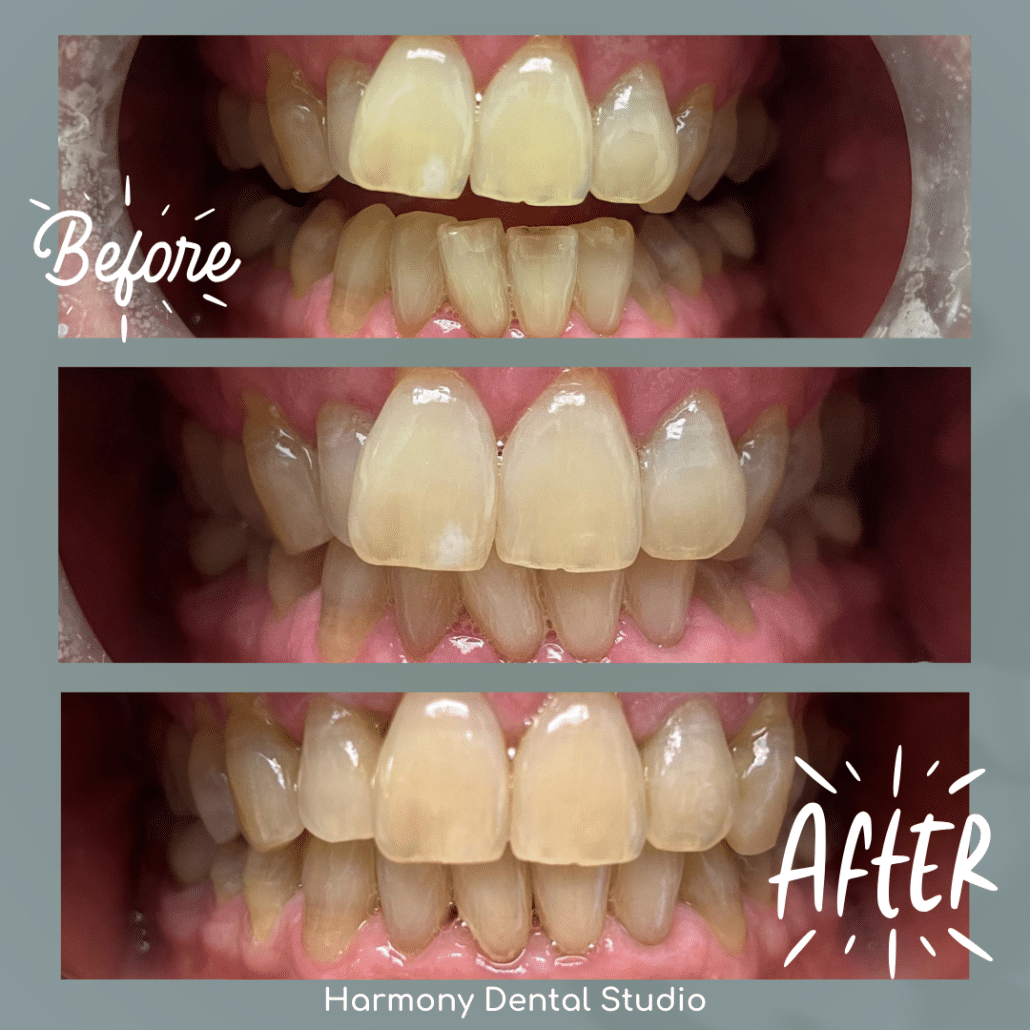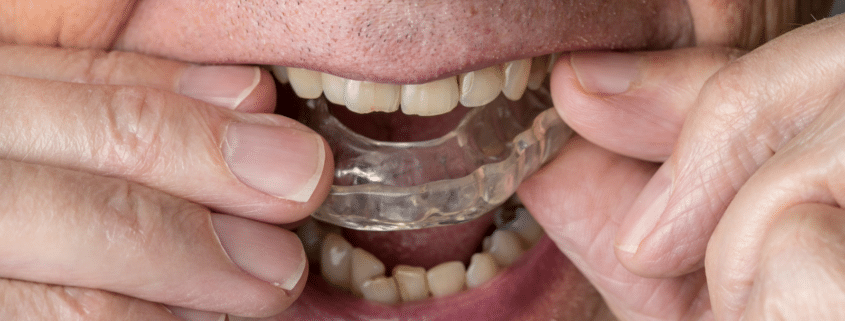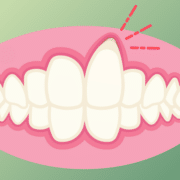Embracing Orthodontics for Seniors: Why Straight Teeth Matter
Orthodontic treatment is often associated with adolescents and young adults, but the benefits extend beyond age boundaries. As seniors embrace the idea of enhancing their smiles and overall oral health, orthodontic care becomes increasingly relevant. One common issue seniors face is the shifting of lower front teeth, which can impact both aesthetics and oral function. In this blog, we delve into the importance of orthodontics for seniors, highlighting the significance of straight teeth and addressing the specific concerns associated with aging teeth.
The Shifting Smile: Understanding Changes in Lower Front Teeth
As we age, various factors contribute to the shifting of teeth, particularly the lower front teeth. Over time, natural wear and tear, changes in bite alignment, and the effects of gum disease can cause these teeth to shift forward, overlap, or become crowded. This shifting not only affects the appearance of the smile but also influences speech clarity and overall oral function.
Why Straight Teeth Matter for Seniors
- Enhanced Confidence: A straight, well-aligned smile can boost confidence and self-esteem at any age. Seniors who feel confident about their smiles are more likely to engage socially and enjoy a higher quality of life.
- Improved Speech: The alignment of teeth plays a crucial role in speech clarity. Misaligned or crowded teeth can affect the pronunciation of certain sounds, leading to speech impediments or difficulties being understood.
- Easier Maintenance: Straight teeth are easier to clean and maintain, reducing the risk of oral health problems such as tooth decay, gum disease, and bad breath. Proper alignment allows for more effective brushing and flossing, reaching areas that may be inaccessible with crooked or overlapping teeth.
- Preventive Benefits: Orthodontic treatment for seniors can address existing issues and prevent potential complications associated with misaligned teeth, including jaw pain, headaches, and temporomandibular joint (TMJ) disorders.
- Longevity of Dental Work: Straightening teeth can optimize the results of other dental procedures, such as fillings, crowns, and implants. Properly aligned teeth provide a stable foundation for restorations, improving their longevity and effectiveness.
Orthodontic Solutions for Seniors
Fortunately, advancements in orthodontic technology have made treatment options more accessible and comfortable for seniors. Depending on individual needs and preferences, orthodontic treatment may include:
- Traditional braces: Metal or ceramic brackets and wires gradually move teeth into alignment.
- Clear aligners: Custom-made, removable trays (e.g., Invisalign) offer a discreet and convenient option for straightening teeth. Retainers: After completing active orthodontic treatment, wearing retainers helps maintain the results and prevent teeth from shifting back.

Age is just a number! Meet our remarkable 71-years-young male patient undergoing a smile transformation with clear aligners. Witness his incredible progress in under a year!
As seniors recognize the importance of maintaining oral health and a confident smile, orthodontic treatment becomes an appealing option for addressing issues such as shifting lower front teeth. Straight teeth not only enhance aesthetics but also contribute to improved speech, easier maintenance, and preventive oral care. Seniors can explore tailored treatment plans to achieve a straighter, healthier smile that supports overall well-being in the golden years.
Don’t let age be a barrier to achieving the smile you deserve—embrace orthodontics for seniors and reap the benefits of a confident, functional, and radiant smile for years to come. Talk to your dentist to see if orthodontic treatment is right for you.












Leave a Reply
Want to join the discussion?Feel free to contribute!